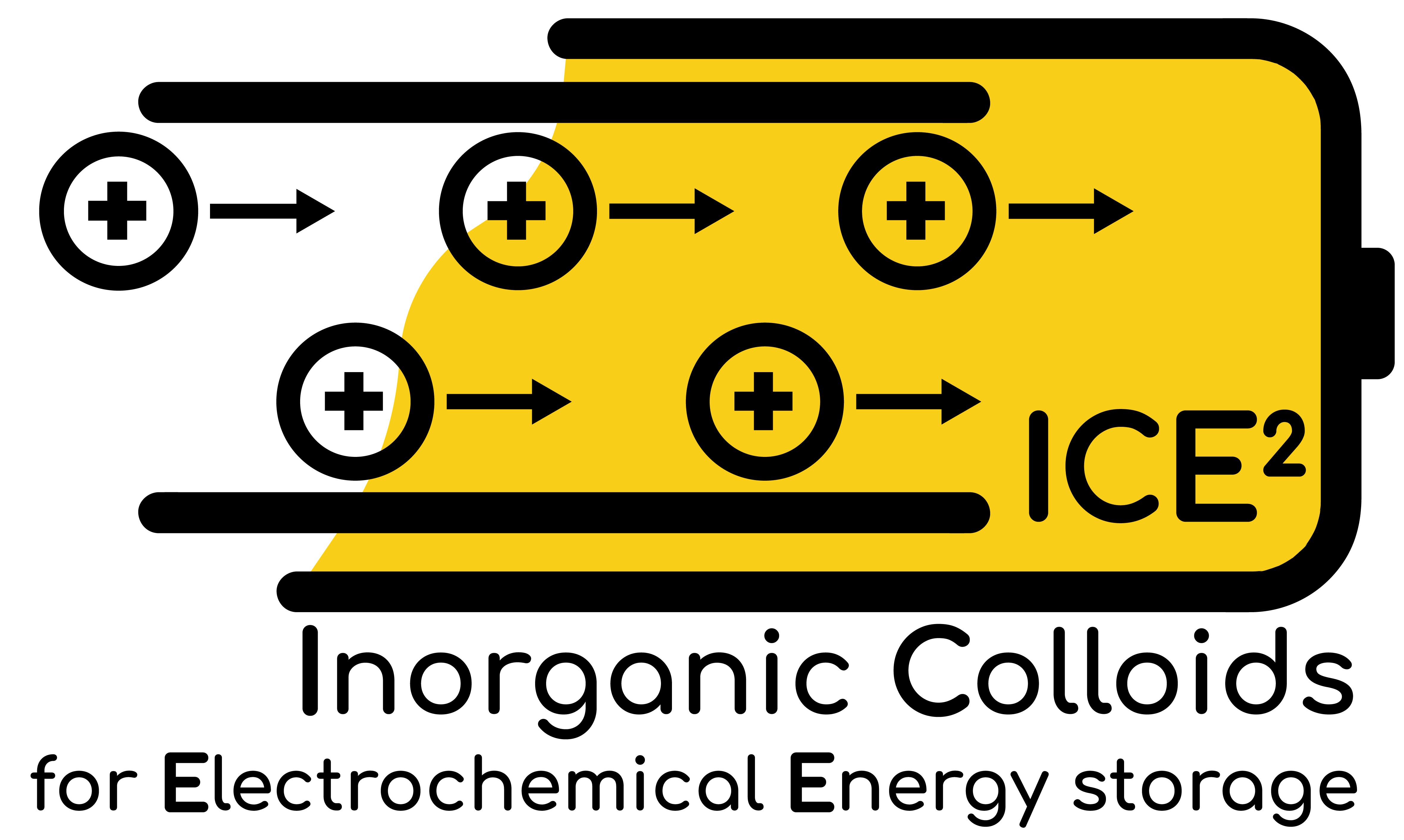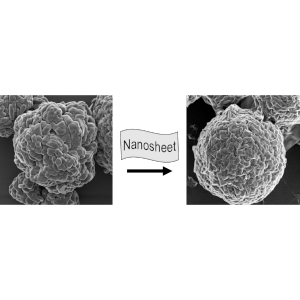Research topics
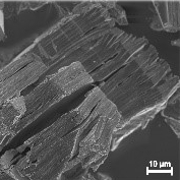
2nd Generation Layered Silicates
Clay minerals are the weathering product of primary rocks and therefore represent the most common minerals on earth’s surface. A high adsorption capability, cation exchange capacity, catalytical activity, good waterproofing effect and outstanding rheological characteristic render clay minerals one of the most important industrial minerals. Although natural clays are budget-priced, their potential application is severely restricted accessorial binders inhomogeneous charge density, turbostratic disorder and limited lateral extent (< 200 nm). Therefore, we concentrate on synthetic layered silicates as versatile inorganic base materials for technical applications. ...more
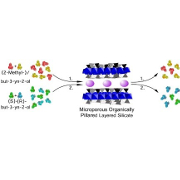
MOPS (Microporous Organically Pillared Silicates)
The intercalation of cationic spacers (pillars) into layered silicate yields shape and stereo selective microporous hybrid materials (MOPS). In recent studies the selectivity could be enhanced by a simple fine-graded variation of the charge density of our layered silicates. As a result a new type of selective gate opening could be observed with concomitant breathing of the structure. This will be applied to seperate gas-mixtures relevant for the renewable energy economy. ...more
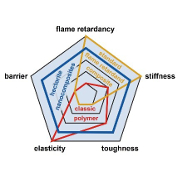
2nd Generation Layered Silicates as Multifunctional Fillers in Polymer Blends
The superior potential of 2nd generation synthetic layered silicates over natural clay minerals in terms of single target figures (Young’s modulus, fracture toughness, barrier properties) in nanocomposites could already be proven. We now strive for the demonstration of multifunctional modes of action, e.g. the combination of increasing the fracture toughness and flame retardancy. ...more
Cathode Active Materials (CAM) in Lithium-Ion Batteries (LIB)
Surface degradation of cathode active materials is one of the most pressing issues in the lithium-ion battery industry. Several degradation mitigation methods have been proposed, such as doping, coating, and core-shell structures, with surface coating being the most promising one. Currently, atomic layer deposition (ALD) and chemical vapor deposition (CVD) are expensive industrial methods used to generate a uniform, homogeneous nanometer-thick coating. Leveraging our expertise in 2D materials within our group, we have proposed a scalable new method for generating a nanometer-thin coating on the surface by utilizing large aspect ratio clay nanosheets. This coating drastically increases the lifetime of active cathode materials that are prone to surface degradation. Our current research is focused on expanding this method to other 2D materials, as well as other relevant cathode materials.
The same 2D clay nanosheets are applied for alternative separators types both for lithium-ion and lithium-metal batteries.
Artificial Nacre
Nacre combines several unique properties, as it is a lightweight material with remarkable stiffness, strength and toughness. The hierarchical structure of nacre can be mimicked by highly filled layered silicate composites. ...more
Mesostructured Transition Metal Compounds
With tailor-made 1D polyelectrolytical templates mechanically and thermally stable mesoporous transition metal compounds can be synthesized. Confinement to low dimensionality allows for annealing at high temperatures in various atmospheres to obtain crystalline, low-defect, refractory catalysts while preserving high surface area because Ostwald ripening is hampered. ...more

